
Bookmobile Day is an opportunity to celebrate one of the many services offered through public libraries. Originating in the nineteenth century, the earliest bookmobiles were horse-drawn wagons filled with boxes of books. In the 1920s, Sarah Byrd Askew, a New Jersey librarian, thought reading and literacy so important that she delivered books to rural readers in her own Ford Model T. And today, Kenya still uses camels to deliver materials to fans of reading in rural areas.
thanks, Helen
NY Public Library Digital Collection (Part 2)
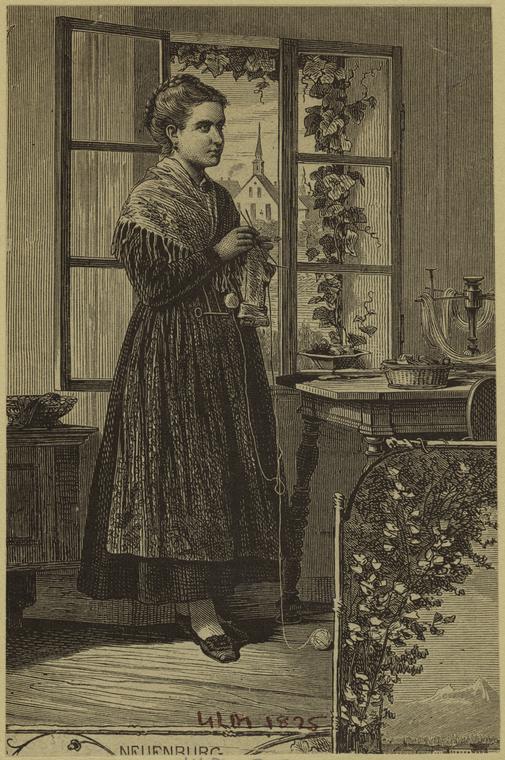
Neuenburg, Neuchatel Canton, Switzerland.
Word of the Day
| |||||||||
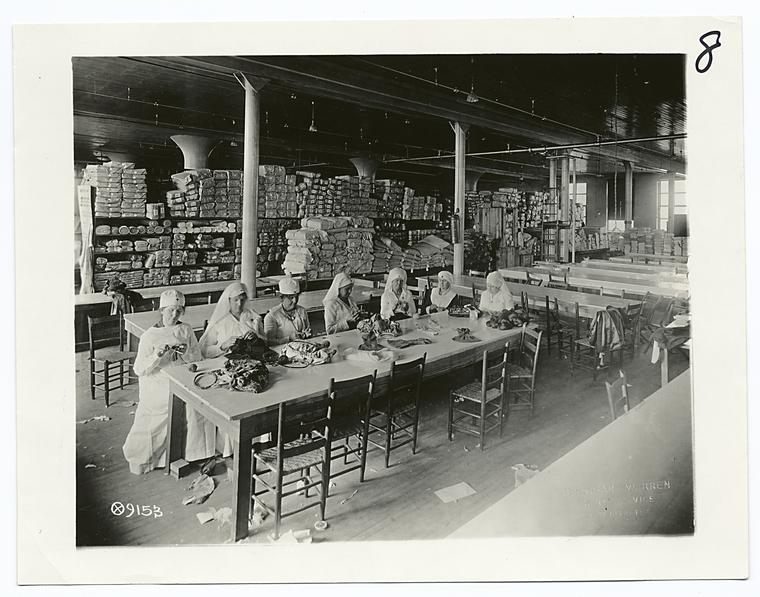
Knitting instructors, Mary Isham Keith Chapter, D.A.R., Fort Worth, Texas, 5-1918
Idiom of the Day
when pigs can fly— At a time that will never come to pass. (Used to show skepticism or cynicism over someone's hypothetical remark.) |
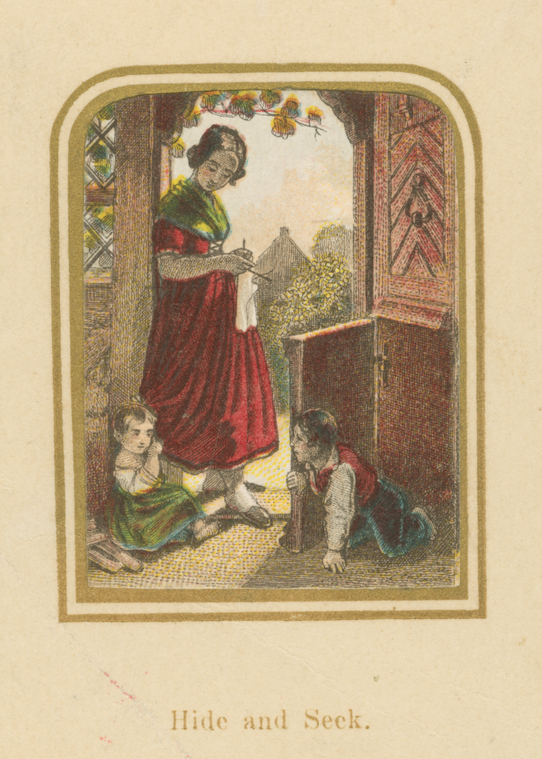
Hide and seek.
History
Herbert Jeffrey "Herbie" Hancock (1940)
Hancock is a jazz and funk pianist, composer, and bandleader who emerged as part of Miles Davis's group in the mid-1960s. An early adopter of electronic instruments, he became involved with funk and disco in the 70s, while continuing to tour with jazz groups, such as that of Wynton Marsalis. He won an Academy Award for his original score of the 1986 film 'Round Midnight.'
Cosmonauts Day
On April 12, 1961, Russian cosmonaut Yuri Gagarin became the first man to travel in outer space. April 12th was declared Cosmonauts Day in Gagarin's honor. Official ceremonies on this day begin in the Moscow suburb of Korolyov, well known as the center of Russian rocket production, where officials and former cosmonauts lay flowers at a statue of Gagarin. The general public celebrates the day in a less formal manner: some place flowers at statues of Gagarin in various cities, while others attend space-themed art and film exhibitions.
Man Searches for Caribbean Treasure Using a Secret Map Left by NASA Astronaut
He's hunting for sunken treasure in the Caribbean, using a secret map created from outer space by one of NASA's first astronauts.READ MORE:
Man searches for treasure using a secret map left by NASA astronaut
1606 - England adopted the original Union Jack as its flag.
1799 - Phineas Pratt patented the comb cutting machine.
1833 - Charles Gaylor patented the fireproof safe.
1877 - A catcher's mask was used in a baseball game for the first time by James Alexander Tyng.
1892 - Voters in Lockport, New York, became the first in the U.S. to use voting machines.
1934 - F. Scott Fitzgerald novel "Tender Is the Night" was first published.
1945 - In New York, the organization of the first eye bank, the Eye Bank for Sight Restoration, was announced.
1945 - U.S. President Franklin D. Roosevelt died in Warm Spring, GA. He died of a cerebral hemorrhage at the age of 63. Harry S Truman became president.
1955 - The University of Michigan Polio Vaccine Evaluation Center announced that the polio vaccine of Dr. Jonas Salk was "safe, effective and potent."
1969 - Lucy and Snoopy of the comic strip "Peanuts" made the cover of "Saturday Review."
1983 - Harold Washington was elected the first black mayor of Chicago.
1988 - Harvard University won a patent for a genetically altered mouse. It was the first patent for a life form.
1992 - Disneyland Paris opened in Marne-La-Vallee, France.
2012 - The game Candy Crush Saga was released on Facebook.


READERS INFO
1.
PASSOVER ends Tuesday evening, April 18
It commemorates the Israelites’ Exodus from Egypt, and their transition from slavery to freedom. The main ritual of Passover is the seder, which occurs on the first two nights of the holiday — a festive meal that involves the re-telling of the Exodus through stories and song and the consumption of ritual foods, including matzah and maror (bitter herbs). The seder’s rituals and other readings are outlined in the Haggadah — today, many different versions of this Passover guide are available in print and online, and you can also create your own.
INTERNATIONAL QUILT FESTIVAL/CHICAGO
April 12-14, 2018
Classes begin April 12
Donald E. Stephens Convention Center
Rosemont, Illinois, USA

further information: FESTIVAL INFO
3.
Downtown Los Angeles Art Walk
Apr 13, 2017
634 South Spring Street & Historic Core District
Los Angeles, CA
The Downtown Art Walk is an on-going, innovative community art festival in downtown Los Angeles. The Art Walk is free, self-guided and open to the public. The venues include various galleries along Spring and Main Street, but some works are displayed outdoors as well. On the second Thursday of every month, attendees can expect to see galleries featuring new artwork and to participate in special events downtown in conjunction with the Art Walk. The design of the event is meant to give art buyers and fans the option of choosing the mood of their experience: an early, slow stroll through the exhibits or a large, vibrant gathering of art explorers descending upon the streets.
further information: Downtown Art Walk
4.
Downtown Anaheim Certified Farmers' Market & Craft Fair
Apr 13, 2017
215 Main St
Point Arena, CA
further information: Downtown Anaheim Certified Farmers’ Market & Craft Fair – Downtown Anaheim Association
5.
Vintage Market Days
Apr 13-15, 2017
Chesterfield Mall291 Chesterfield Center
St Louis, MO

Vintage Market Days is THE place to find original art, antiques, vintage clothing, handmade treasures, seasonal plantings and baked goods in Central Denver. Held several times a year in various communities, this three-day event is an opportunity to discover and support the talents, treasures and passions of local vendors.
further information: Home Page

Donna di Marino
Pictures of the day
United States, New York. View of the Broadway bird's-eye view. To make the dizzying picture, the photographer climbed onto the roof of one of the skyscrapers of Manhattan.
LONG EXPOSURE PHOTO OF THE CARIBBEAN SEA
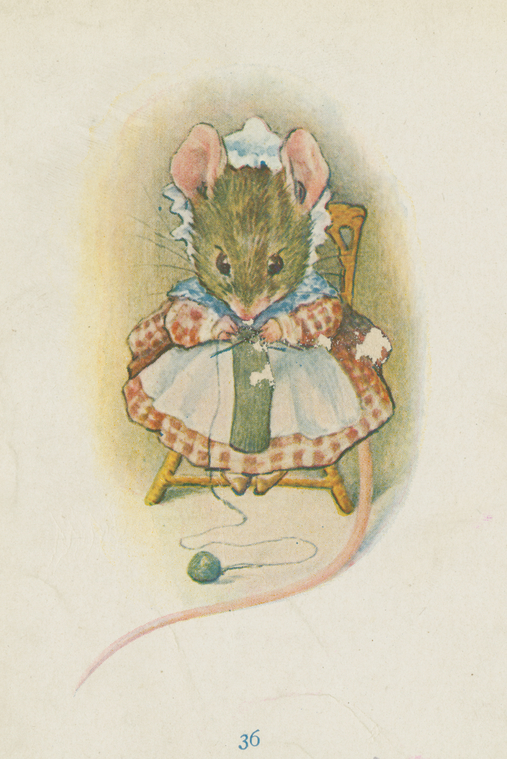
Mouse knitting.
knit - EASTER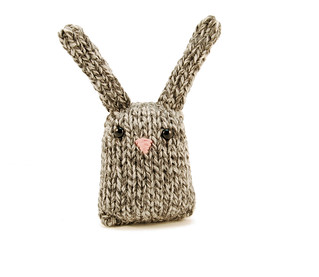
knit
thanks, Judith
His and Hers Laundry Bags

knit
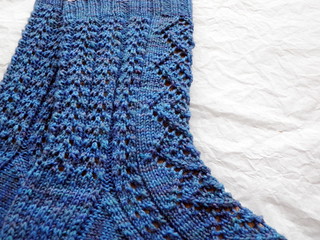
knit

knit

thanks, Barbara

crochet - EASTER
thanks, Jennifer

crochet

How To Crochet A Lacy Poncho
crochet
thanks, Phyllis


crochet
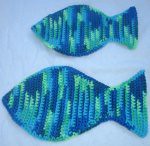
THE BEST NAPPING SPOT EVER
eternallysunny
thanks, Susie, West Coast Correspondent

thanks, Shelley




SWEETS
thanks, Patsy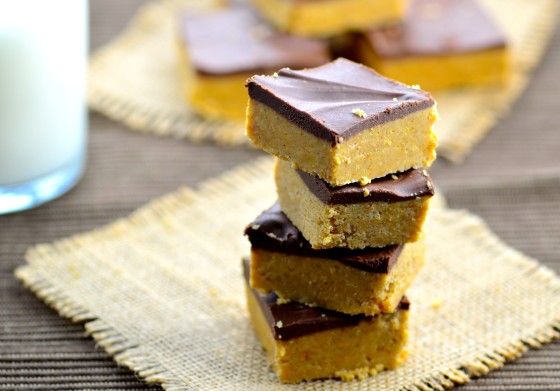
Reeses Squares - 5 Ingredients And No Bake Recipe



POP OUT EGGS

Step 1: This is what you need:
- crafting paper of your choice ( I didn't have the pattern I wanted so I had to make that first, will show you how in the next step)
- a cardboard cutout in eggshape
- an exacto-knife
- a pencil
- a ruler and a protractor (I hope that is the correct word for it. It is not in this picture, you will see it later in the instructable.)
- a cardboard cutout in eggshape
- an exacto-knife
- a pencil
- a ruler and a protractor (I hope that is the correct word for it. It is not in this picture, you will see it later in the instructable.)
Step 2:
In case you don't have any crafting paper that you like, you can just make it yourself. I glued a dot shaped piece of foam to the back of my pencil and put some watercolor on a pane. Then I just dotted and dotted until I liked the result.
Step 3:
Take the egg shape cardboard and draw eggs onto your crafting paper. I drew 4 but ended up only needing 3. Three per color is nicer because I think the egg looks eggier somehow. : )
I marked the fold with lines so that I could easily find the exact half of the egg later. Now you need the protractor. Draw lines perpendicular to the middle line. The distance between the lines is 1/8 inch. Maybe a little more. Continue until all lines are drawn.
I marked the fold with lines so that I could easily find the exact half of the egg later. Now you need the protractor. Draw lines perpendicular to the middle line. The distance between the lines is 1/8 inch. Maybe a little more. Continue until all lines are drawn.
Step 4:
Before you start cutting there is one more thing you need to do. You must 'pair' the lines. You need to always have two lines with the same length. After cutting they will be the strips that you pop out. Mark them on your paper. Check the photo for how I did it. After you have done that start cutting.
Step 5:
After the cutting the bending and folding starts. Let me share some tricks that make it work quite nicely. Before you start with the actual bending and folding you can emboss the folding lines.
Be careful to emboss the right lines though!
You emboss the beginning until you hit the first 'pair line'. This will be round shaped later, so don't emboss a folding line on that. Then you emboss the next strip again. Sounds more complicated than it actually is. You basically emboss every other strip. The last line to emboss is from the last pair along the end of the middle line.
To make the next steps easier I inserted a skewer. Two things need to happen simultaniously at this point. You ease the top strip to get the round egg shape and you need to fold the in-between strips. The easing of the round shaped egg part worked really well with a paper clip. Just insert it and move it with a very light pull from beginning to ending. This worked really well with the skewer still inserted. After some bending and folding your egg should look like in the last photo.
Be careful to emboss the right lines though!
You emboss the beginning until you hit the first 'pair line'. This will be round shaped later, so don't emboss a folding line on that. Then you emboss the next strip again. Sounds more complicated than it actually is. You basically emboss every other strip. The last line to emboss is from the last pair along the end of the middle line.
To make the next steps easier I inserted a skewer. Two things need to happen simultaniously at this point. You ease the top strip to get the round egg shape and you need to fold the in-between strips. The easing of the round shaped egg part worked really well with a paper clip. Just insert it and move it with a very light pull from beginning to ending. This worked really well with the skewer still inserted. After some bending and folding your egg should look like in the last photo.
Step 6:
Cut around the egg, leave about 2/8 inch glueing space. Add glue to the edge, put the second part on top and wait for the glue to set. I fastened the egg with sewing clips, worked great. Repeat with part two to three and finally three to one.
DONE!
Variation: The blue egg has a skewer inside. You can put it in flower pots or into bouquets easily that way. To do this insert the skewer before the last glueing and glue tight.
DONE!
Variation: The blue egg has a skewer inside. You can put it in flower pots or into bouquets easily that way. To do this insert the skewer before the last glueing and glue tight.
Have fun recreating!

thanks, Lucy

You will need:
1. Pipe Cleaners: 2 Brown, 1 Tan, 1 Orange
2. Googly Eyes
3. Scissors and Glue

Marmalade Jars Jigsaw Puzzle

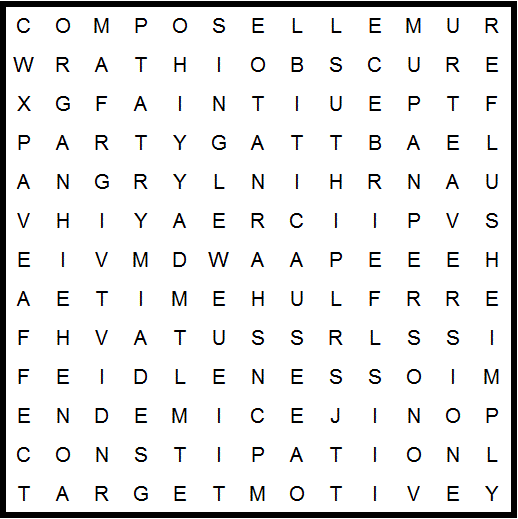
| affect angry aversion brief cause compose constipation | endemic evident faint flush hair idleness immune imply irate | lapels lemur main malaise motive obscure organ otiose | party pave person sell single supine | target teach time tins vital wrath write |

QUOTE






MUST KNOW PASSOVER TERMS
Key words and phrases for Passover.
Afikoman—From a Greek word meaning “dessert.” A piece of matzah that is hidden during the course of the seder, found after dinner, and eaten as dessert at the end of the seder meal.
Arba Kosot — Hebrew for “four cups.” In this case, it refers to the four cups of wine drunk at the Passover seder.
Barekh— The 12th step of the Passover seder, in which birkat hamazon, the grace after meals is said.

Beitzah — Hebrew for “egg.” A roasted or hard-boiled egg is placed on the seder plate to symbolize rebirth.
Chad Gadya —Hebrew for “one goat,” this is the last of the songs sung at the conclusion of the seder and tells the story of the little goat a father bought for a pittance. To hear the song click here and for lyrics click here.
Chag Ha Aviv — Hebrew for “The Spring Holiday.” One of the alternate names for Passover.
Dayenu — Hebrew for “enough for us,” this is the name of a song sung at the Passover seder that tells of all the miracles God performed for the Israelites. Listen to it and see the transliteration in this video below.
Gebrochts — Yiddish for “broken,” this refers to matzah that has absorbed liquid. It is customary among some Orthodox Ashkenazi Jews to avoid gebrochts as an extra stringency on Passover.
Haggadah — Hebrew for “telling” or “recounting.” A Haggadah is a book that is used to tell the story of the Exodus at the seder. There are many versions available ranging from very traditional to nontraditional, and you can also make your own.
Hallel — The 13th step of the Passover seder, in which psalms of praise are sung.
Hametz — Bread or any food that has been leavened or contains a leavening agent, hametz is prohibited on Passover.
Haroset — A sweet mixture of nuts, wine, and apples on the seder plate that symbolizes the mortar used by slaves in Egypt.
Hol HaMoed — The intermediate days of the holiday, between the first two days of holiday, and the last two days of holiday.
Kaddesh — The first step of the Passover seder, in which a blessing over a glass is recited.
Karpas — The third step of the Passover seder, in which a piece of greenery such as parsley is dipped into salt water and then eaten.
Kitniyot — Hebrew for legumes, the term here also includes corn and rice. These items were prohibited for use on Passover by some Ashkenazic rabbis in the medieval period, but many Sephardic Jews (and increasingly Conservative Jews) do allow them on Passover.
Korekh — The ninth step in the Passover seder, in which bitter herbs are eaten together with a piece of matzah.
Maggid — The fifth and most substantial step of the Passover seder, in which the story of the Exodus is recounted.
Maror — Bitter herbs. The eighth step in the Passover seder, in which the herbs (usually horseradish), symbolizing the bitterness of life under Egyptian rule, are eaten.
Matzah — Unleavened bread. According to the Bible the Israelites ate matzah right before they left Egypt. Today matzah is eaten during Passover to commemorate the Exodus from Egypt.
Motzi Matzah — The seventh step in the Passover seder, in which a piece of matzah is eaten.
Nirtzah — The 14th and final step of the Passover seder, in which the night is concluded by saying “Next year in Jerusalem.”
Pesach —Hebrew for “pass over.” Cooked meat that, according to the Bible, was eaten by the Israelites just before they left Egypt.
Rahtza — The sixth step of the Passover seder, in which the hands are washed for a second time, and a blessing is recited.
Seder — Hebrew for “order.” The Passover ritual where family and friends gather on the first one or two nights of Passover to retell the story of the Exodus. The story is told in a particular order, with specific rituals.
Shir Hashirim — The Song of Songs, the text read in synagogue during the Shabbat of Passover.
Shulhan Orekh— The 10th step in the Passover seder, in which the meal is served. Pass the matzah balls!
Tzafun — The 11th step of the Passover seder, in which the afikoman is found and eaten as dessert.
Urchatz — The second step of the Passover seder, in which the hands are washed but no blessing is recited.
Yahatz — The fourth step of the Passover seder in which a piece of matzah is broken in half.
Zeroa — Shank bone. The bone is placed on the seder plate and recalls the blood on the doorposts and the terror and the anticipation of the night of the plague of the first born.
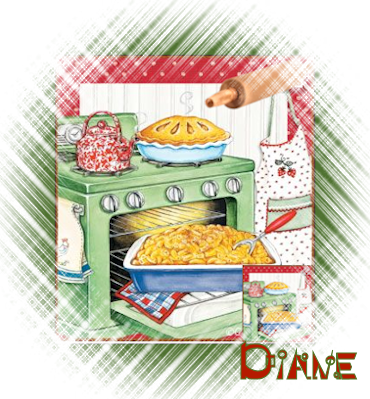




























No comments:
Post a Comment